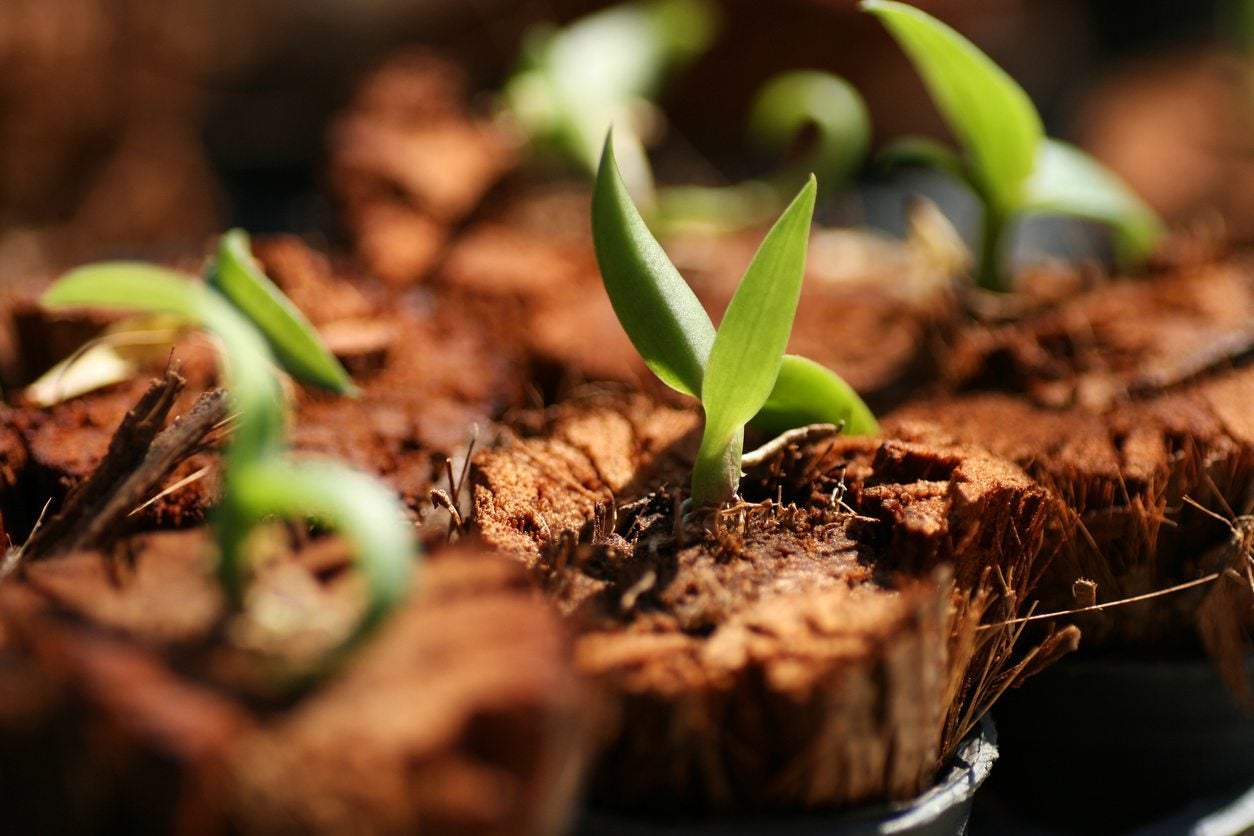Planting Orchid Seeds – Is Growing Orchids From Seed Possible?
Planting orchid seeds at home is difficult, but it's possible if you have plenty of time and patience. Learning how to grow orchids from seed is tricky indeed, but we've provided a few basic details for you to consider.


Can you grow an orchid from seed? Growing orchids from seed is usually done in the highly controlled environment of a laboratory. Planting orchid seeds at home is difficult, but it’s possible if you have plenty of time and patience.
Keep in mind, even if you are successful at orchid seed germination, it takes a month or two for the first tiny leaves to develop and may take years before you’ll see the first bloom. It’s easy to understand why orchids are so expensive!
How to Grow Orchids from Seed
Learning how to grow orchids from seed is tricky indeed, but we’ve provided a few basic details for you to consider.
Orchid Seeds
Orchid seeds are incredibly tiny. In fact, an aspirin tablet weighs more than 500,000 orchid seeds, although some types may be slightly larger.
Unlike most plant seeds, orchid seeds lack nutritional storage capability. In their natural environment, seeds land on soil containing mycorrhizal fungi, which enters the roots and converts nutrients into usable form.
Germination Techniques
Botanists use two techniques to germinate orchid seeds. The first, symbiotic germination, is a complicated process that requires use of mycorrhizal fungi, as described above.
The second, asymbiotic germination, involves germinating seeds in vitro, using agar, a jellylike substance that contains necessary nutrients and growth hormones.
Sign up for the Gardening Know How newsletter today and receive a free copy of our e-book "How to Grow Delicious Tomatoes".
Asymbiotic germination, also known as flasking, is easier, quicker, and more reliable for growing orchids from seed at home.
Sterile Conditions
Seeds (usually seed capsules, which are larger and easier to handle) must be sterilized without damaging the seed.
Sterilization for orchid seed germination at home is a process that generally requires boiling water, bleach, and Lysol or ethanol.
Similarly, all containers and tools must be carefully sterilized, and the water must be boiled.
Sterilization is tricky but absolutely required; although orchid seeds thrive in the gel solution, so do a variety of deadly fungi and bacteria.
Transplantation
Orchid seedlings usually need to be thinned at around 30 to 60 days, although it may take much longer for seedlings to reach transplantation size .
Each seedling is moved from the original container to a new container, also filled with jelly-like agar.
Eventually, young orchids are moved to pots filled with coarse bark and other materials. First, however, young plants must be placed in hot water to soften the agar, which is then removed by washing in lukewarm water.

A Credentialed Garden Writer, Mary H. Dyer was with Gardening Know How in the very beginning, publishing articles as early as 2007.